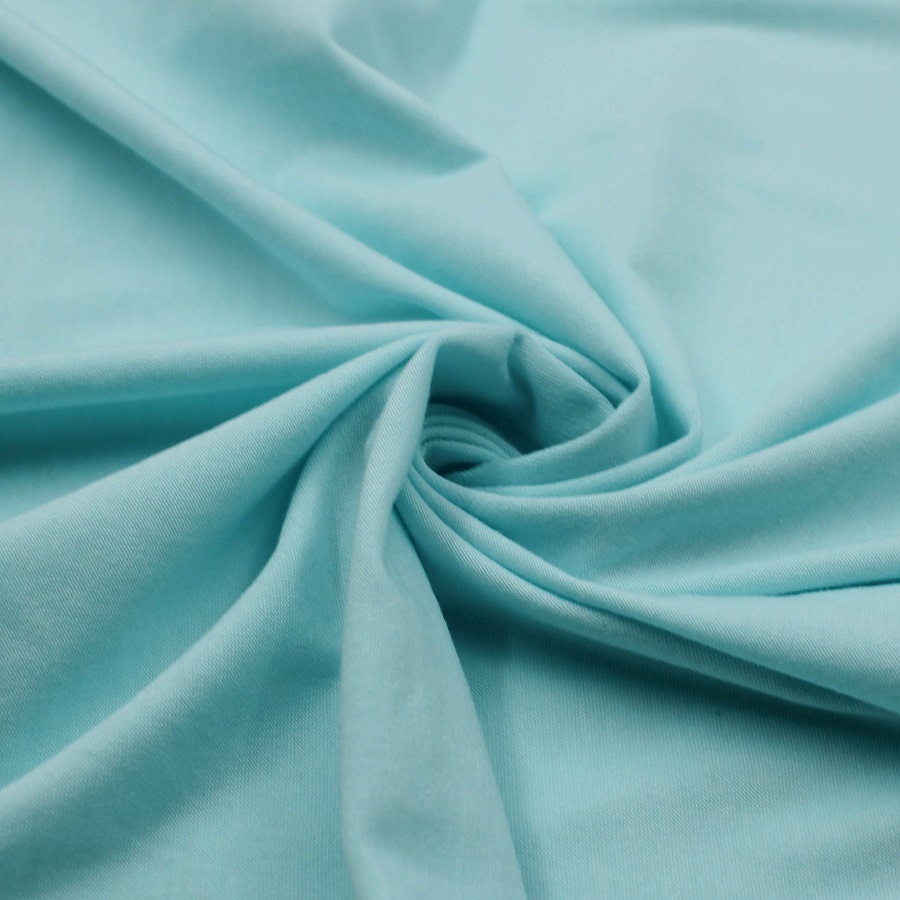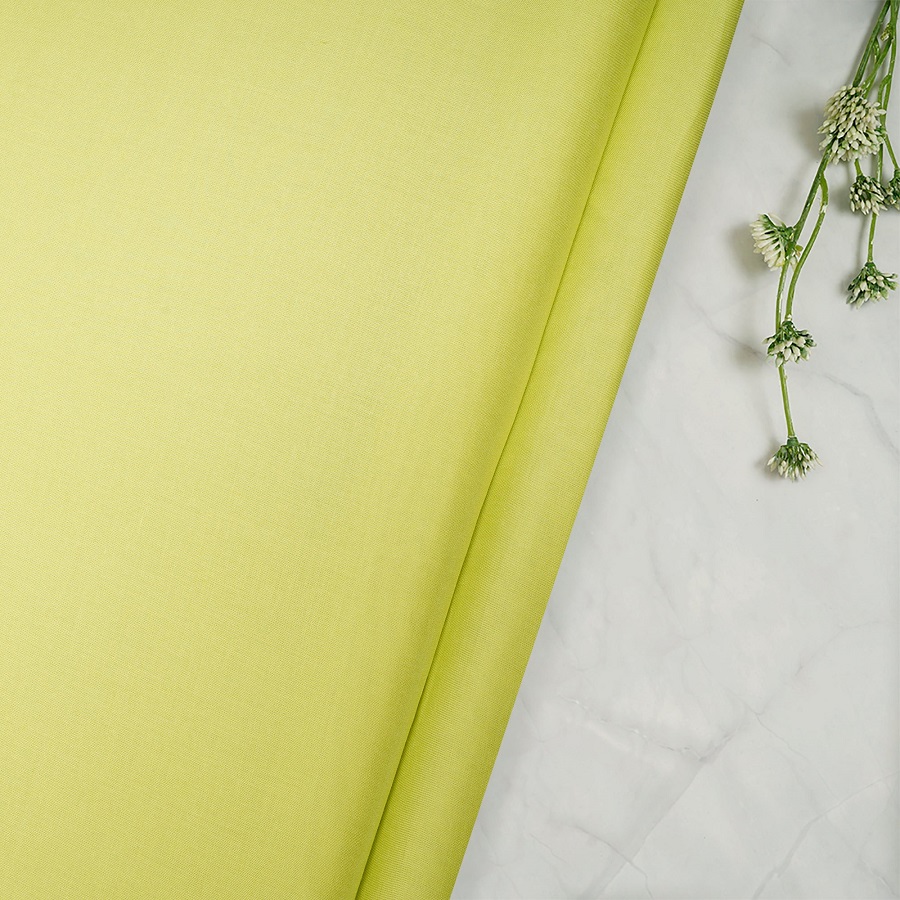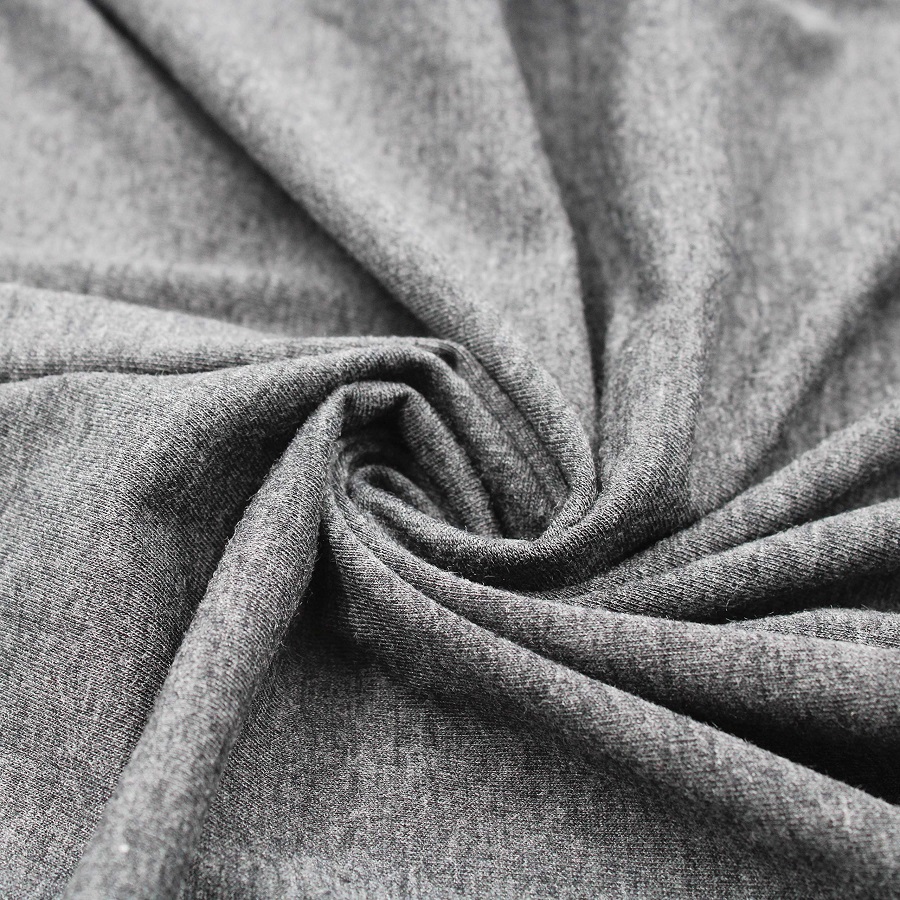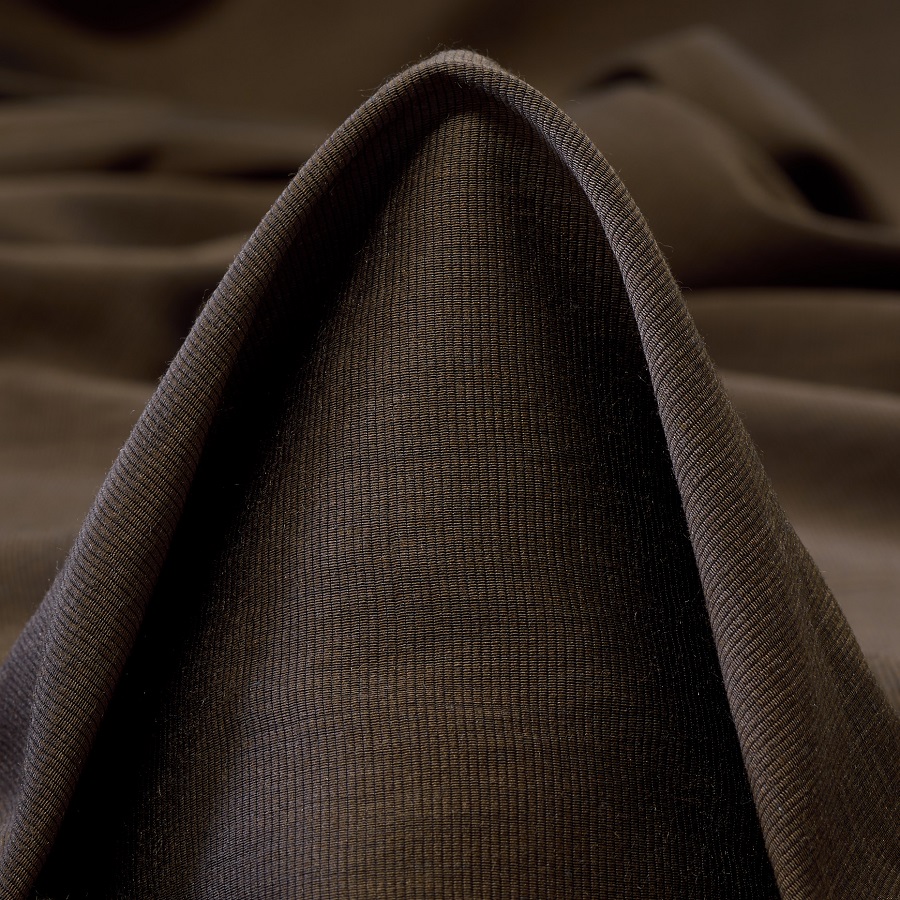In recent years, Modal fabric has gained popularity in the fashion and textile industry for its softness, breathability, and eco-friendly credentials. However, some myths circulate regarding the safety and toxicity of Modal. In this article, we’ll explore and debunk these common misconceptions to help consumers make informed choices.
Understanding Modal Fabric
What Is Modal?
Modal is a type of rayon made from beech tree pulp. The process begins with the harvesting of beech trees, which are then processed into cellulose fibers. This sustainable approach to sourcing materials is one of the key features that distinguish Modal from other synthetic fabrics. The environment-friendly nature stems from the tree’s ability to grow replenishingly, allowing for a sustainable production cycle. The cellulose fibers are then spun into yarn and woven into fabric, which retains many of the natural qualities of the tree’s pulp, including its softness.
The Production Process
The manufacturing process of Modal involves dissolving cellulose in a solvent, which raises concerns about the chemicals used and their potential effects on health. While traditional methods can utilize hazardous solvents, modern Modal production has significantly improved. Manufacturers are now following stringent regulations that minimize toxic exposures. Thus, it’s essential to understand that the safety of Modal fabric does not solely lie in the fabric itself but also in the methods used to produce it.

Modal and Its Environmental Impact
Is Modal Eco-Friendly?
Contrary to the suspicion that surrounds synthetic materials, Modal has a relatively eco-friendly profile. As previously mentioned, the raw material for Modal comes from beech trees that require less water than cotton and can be harvested sustainably. Most Modal production facilities conform to strict environmental regulations, and many have adopted closed-loop processes, which recycle water and solvents, drastically reducing waste and pollution.
The Carbon Footprint of Modal
Modal’s production process entails lower carbon emissions compared to cotton and conventional polyester, hence positioning it as a more sustainable choice. While no fabric is entirely devoid of environmental impact, Modal remains a better option for the eco-conscious consumer. The trees used in production absorb carbon dioxide, thereby contributing to a more balanced carbon footprint during their lifecycle.
Debunking the Toxicity Myths
Are Modal Fabrics Toxic to Humans?
The question of toxicity is often wrapped in misconceptions about the manufacturing processes of synthetic fabrics. Modal fabric is not classified as toxic to humans. In fact, it is hypoallergenic and often used in clothing designed for sensitive skin. The materials and processes used in its production are subject to regulation by various health and safety standards, ensuring that they meet necessary safety guidelines.
Safety Standards in Textile Production
In regions such as the European Union, Modal production is bound by strict health and safety regulations, ensuring that the solvents and chemicals used do not pose a risk to human health. Third-party organizations often conduct testing to uphold these standards, affirming that the finished product is safe for consumer use. It’s essential, however, for consumers to check labels and certifications for assurance regarding the safety and sourcing of the fabrics they purchase.
Comparison to Other Fabrics
Modal vs. Cotton
While cotton is often celebrated for its natural fibers, it generally has a higher environmental impact due to its extensive water needs, pesticide use, and susceptibility to soil degradation. Modal, on the other hand, is often touted for moisture-wicking properties, making it more comfortable for activewear and undergarments. Moreover, the softness of Modal can provide a luxurious feel, which is sometimes absent in cotton fabrics.
Modal vs. Polyester
When comparing Modal to polyester, the narrative around toxicity becomes more pronounced. Polyester is a synthetic fabric made from petroleum-derived resources and often contains harmful chemicals released during its production. Modal’s natural properties not only make it a softer alternative but also a more breathable one. Unlike polyester, Modal allows for better ventilation and is less prone to trap heat and moisture, benefitting personal comfort and hygiene.

Real-Life Applications of Modal Fabric
Modal in Everyday Clothing
Modal’s versatility extends to various clothing items, from sleepwear and activewear to casual outfits and even professional attire. Its unique properties make it an excellent choice for garments that require stretch and comfort without compromising style. The fabric drapes beautifully, making it suitable for dresses and blouses. Plus, its resistance to fading and shrinking ensures that these garments keep their shape and luster well over time.
Modal in Home Textiles
Beyond clothing, Modal is increasingly used in home textiles such as bedding, curtains, and towels. The fabric’s absorbent nature makes it ideal for towels that need to be both functional and soft against the skin. Modal sheets and pillowcases are celebrated for their luxurious feel and breathability, enhancing sleep quality. This adaptability illustrates the fabric’s multi-faceted utility within consumer markets.
Misconceptions in Consumer Behavior
The Price Factor
Modal tends to be slightly more expensive than traditional cotton or polyester. This can lead consumers to perceive it as a luxury fabric rather than a practical sustainable option. The higher price usually reflects the quality and eco-friendly production methods rather than an inherent toxicity or defect. Educating consumers about the long-term benefits and environmental advantages can help bridge this misconception.
Brand Marketing and Sustainability Claims
Very often, brands may capitalize on the eco-friendly narrative surrounding Modal without delivering on the promise of sustainability. Consumers should be vigilant and aware that not all Modal fabrics are created equal. Transparency in manufacturing processes is crucial. Certifications like OEKO-TEX or Global Organic Textile Standard (GOTS) can provide additional trustworthiness to claims made by brands.
Environmental Impact and Sustainability
One of the significant advantages of Modal is its environmental footprint. Produced from beech tree pulp, Modal is considered a more sustainable alternative to conventional fabrics. The manufacturing process typically involves less water consumption and lower energy use compared to cotton production. Furthermore, the trees used in Modal production are sourced from sustainably managed forests, ensuring a reduced impact on natural habitats. However, consumers must remain aware of the entire lifecycle of the fabric. Understanding that brands must follow stringent environmental standards during production is essential for promoting true sustainability.
Care and Maintenance for Longevity
To maximize the longevity of Modal garments and textiles, proper care is vital. Modal is generally machine washable, but it benefits from cold water washing and tumble-drying on low heat or air drying. This helps prevent the fabric from losing its soft texture over time. Unlike some other fabrics, Modal’s resistance to wrinkles means that it often requires less ironing, making it a low-maintenance option. Educating consumers on optimal care techniques can enhance their experience and further highlight the sustainability and practicality of choosing Modal.

Conclusion: Making Informed Choices
The Importance of Educating Ourselves
As consumers, it is vital to understand what we are purchasing, making informed decisions based on accurate information rather than myths or misconceptions. Modal fabric, while often misunderstood, offers a balanced combination of comfort and sustainability. By debunking the myths surrounding its toxicity, we can appreciate the advantages that Modal presents without undue concern.
The Way Forward for Sustainable Textiles
In pursuing a more responsible lifestyle, understanding the fabric we choose can have long-term implications on both health and the environment. The textile industry is evolving, and advancements like Modal provide an insightful glimpse into a more sustainable future. Opting for fabrics that align with personal ethics and sustainability goals empowers consumers and promotes a better planet for future generations.
In summary, while Modal fabric has attracted skepticism, understanding the facts reveals its safety, versatility, and benefits. With proper education, consumers can navigate their textile choices more confidently, aligning with their values towards health and sustainability.









